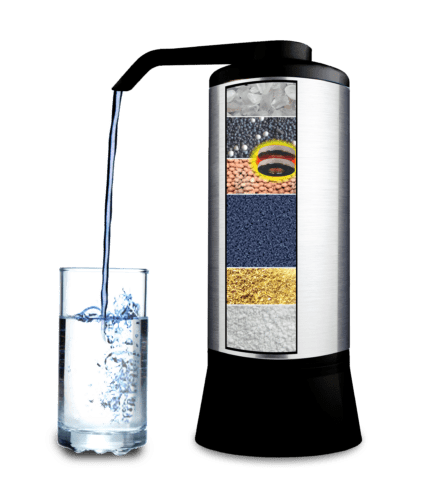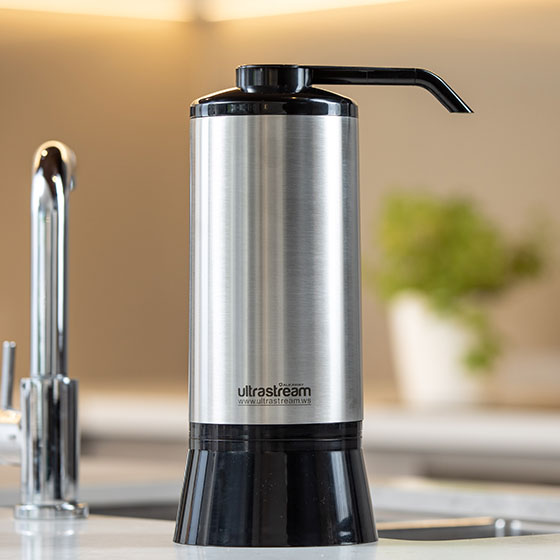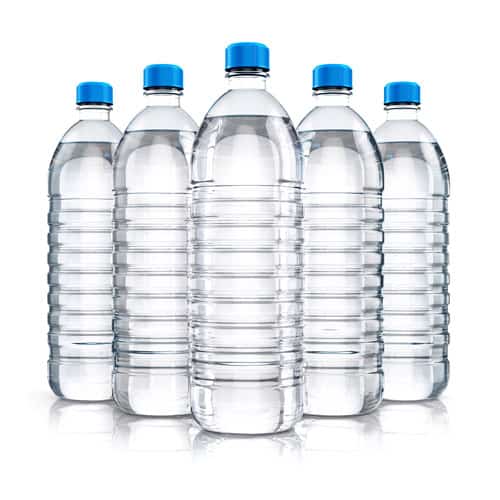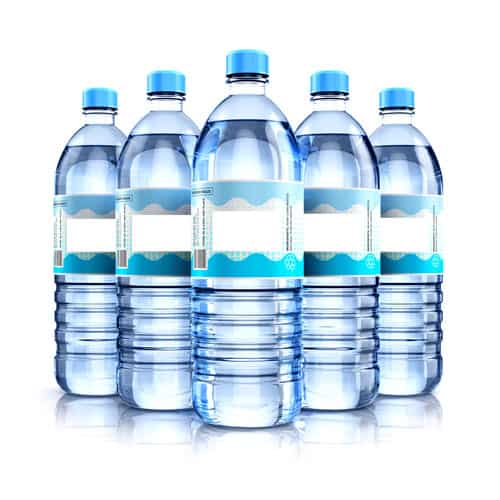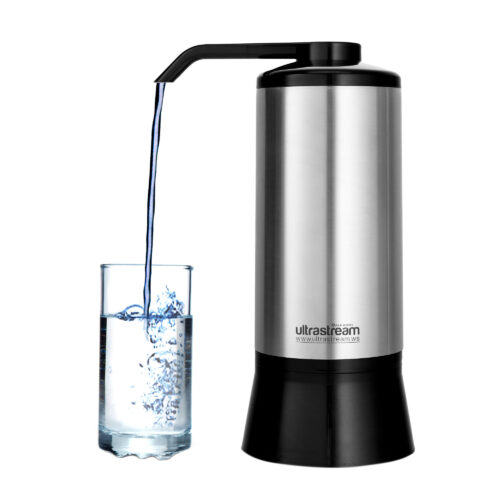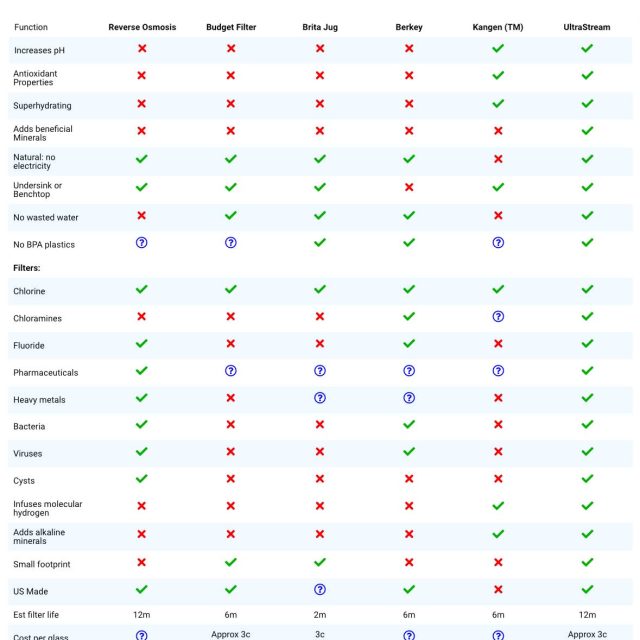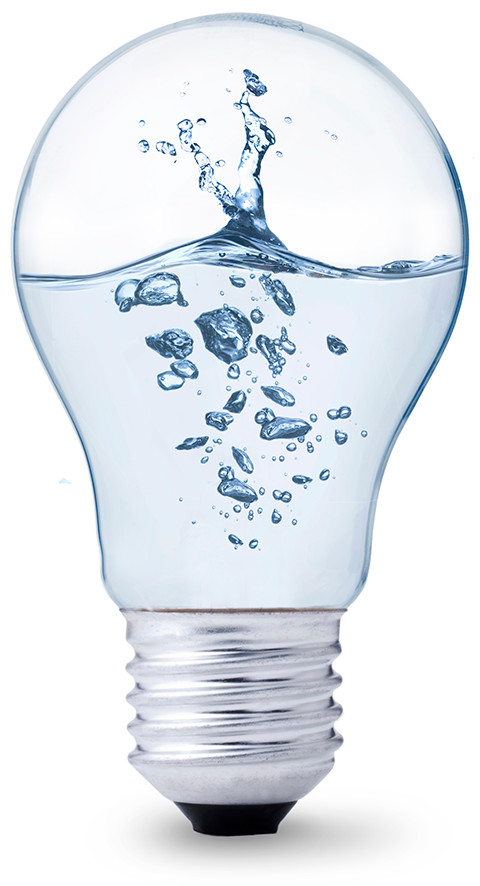Our independent laboratory tests used a water sample that was a ‘witches brew’ of pesticides, volatile organics, fluoride, chlorine, heavy metals, and minerals. The UltraStream changed an input pH of 7 to an output pH 9 in these tests. We’ve pushed the lab much farther than the normal lab tests by asking for performance statistics beyond the normal lifespan of the filter. Most water filter tests are taken from the first water out of the filter. Most do not test for possible reduction in performance as the filter is continued in service.
Review or download the UltraStream Test results
UltraStream’s pH performance is directly related to the input water. Tap water is the only regulated water in the US and is around pH 7.0 for most homes. The UltraStream performs wonderfully in this environment and will consistently produce water ranging from pH 8.0 – 9.0. Most commonly, the water starts at pH 9.0 at installation, and by the time the filter needs to be replaced, it measures closer to pH 8.0. The bottom line: more acidic input water will have a lower pH, more alkaline input water will have a higher pH but both may be adjusted using the flow control at the bottom of the UltraStream .
There are a couple of other advantages as well. In hard water with excessive levels of alkaline minerals (like an overabundance of calcium), the UltraStream uses a special patented media that alters the form of the calcium and prevents it from clogging the filter. It also re-infuses input water with healthier levels and proportions of alkaline minerals, as well as ionizing the water.
We’ve used our two decades of water filter experience to ensure this lasts the life of the filter, so you have excellent purity and performance from start to finish.
Those who utilize well water should also expect great performance. Very often, well water starts a bit above 7.0 and this can also translate to higher pH outputs from the UltraStream as well. A sediment pre-filter will likely be required for well water.
